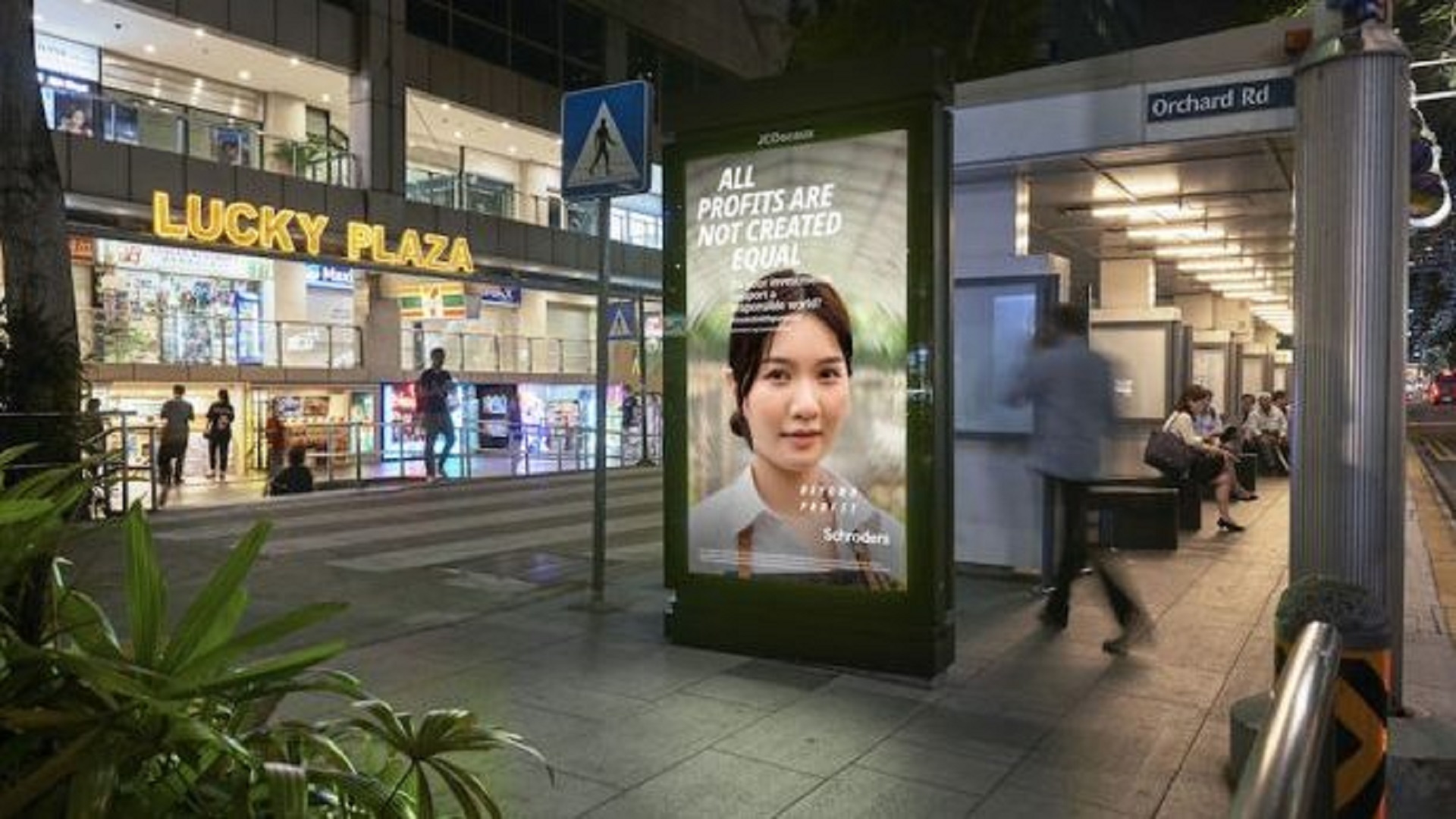People are moving towards the era of IOT (Internet of things) where everything is going to be smart. Technological advancements in our life are transforming our way of living. It completely changed the way we work, travel, learn and communicate. The rapid increase of smartphones created an extensive connection between people, facilitating access to various applications via internet adding ease to our lifestyle, which made things possible with just one click. Improved technology, assisted several countries on the working of infrastructural development and conversion of cities to smart cities. With the increasing demand for smart infrastructure, the Government of India launched the “Smart Cities Mission” in 2015. The main objective of this project is to transform 100 cities across the country in various technological, social, and economic aspects.
Digital out-of-home advertising will play an important role in developing smart city projects in India. For improving ease of living, government announced some major technological advancements which include smart parking and intelligent traffic management systems. These systems primarily require DOOH advertising as a primary source of information and communication. These Digital Displays on the roads will not only display advertisements, but will also serve various valuable information to the travellers, which include real-time traffic updates, weather updates, and will also provide the best possible routes for commute. The first Intelligent transport system was installed in Ahmedabad and the First intelligent traffic robot was installed in Indore.
DOOH advertising is a futuristic approach of government because of its unique ability to display dynamic content on a single display because these digital displays could be placed in public places to provide various other facilities to citizens. Placement of these displays would require a (PPP) Public-Private Partnership model for a corporation of civic authorities and media owners. For example, various interactive screens could be placed at bus stands and railway stations to provide travel information like places of attraction, famous malls, temples, restaurants, etc. These smart signages could also be used as wayfinding solutions across the city which facilitates users to navigate to their respective destinations.
Indrajit Sen, Representative of the Indian Outdoor Advertising Association, puts rightly into perspective how OOH media could be a key enabler of smart city projects. “OOH in a Smart City should have elegant unipoles with scrolling displays or digital displays, neat bus shelters with signage indicating schedule for next bus to arrive, a well-lit tower with revolving display, a beautifully laid out park, well-lit parking areas, public toilets – clean and pleasant – conveniently located, digital signages that also guide on traffic density, directions to nearby places of interest and also provide the latest news”, said Indrajit.
References: Smart OOH for Smart Cities, media4growth, June 2016 & ‘DOOH in India – Dawn of a new era is near’, media4growth, January 2018

